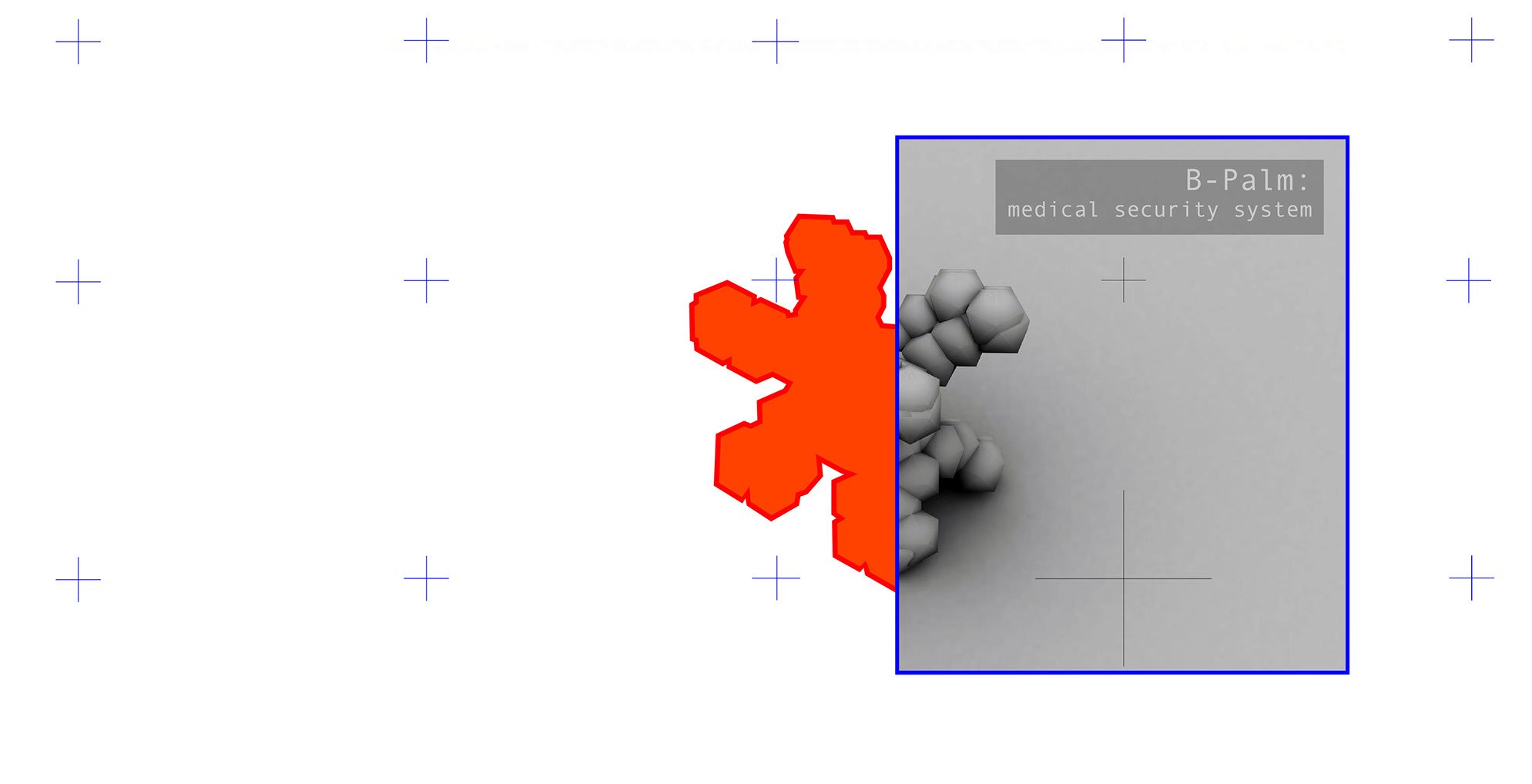
B-Palm – 2014
In the future, emerging technologies like big data, A.I., and 3D printing will revolutionize the healthcare industry, making the protection of personal medical information increasingly important. To address this, I propose a new medical service system called B. PALM. This system uses smart pills and contact lens-type devices to securely store and transmit patients' personal data. Patients can control their data by manually disconnecting external networks, and after treatment, their medical information is securely integrated and provided to them. B. PALM offers encrypted everyday objects that cater to various genders, ages, and preferences, contributing to the creation of new jobs in the fields of technology and design.
Based on the predictions from the Millennium Project 2040, we explored future challenges and opportunities, such as food security, population aging, AIDS, AI, and robotics. We brainstormed to identify potential opportunities and prioritize key issues.
Instead of focusing on solving a single issue, I identified various interconnected challenges. This allowed me to imagine a future shaped by the interplay of these issues. Through this process, I gained insights into how seemingly unrelated problems, such as privacy and deep learning, could merge to create complex scenarios.
In the course of the research, AI, big data, 3D printing, and robots stood out. However, concerns emerged about the potential privacy risks associated with these technologies. Despite this, the demand for privacy protection is expected to remain strong, as people continue to seek a sense of security.
Personal medical records are a potential risk, as many people are reluctant to disclose their health conditions, especially when it comes to sensitive diseases. While hospitals have steadily digitized patient management and treatment for efficiency, this shift increases the risk of data leaks. As a result, protecting and managing medical data has become a critical issue.
Design Challenge
Create a system to control security of the digital data from A.I check-ups and robotic operation.
How might we give individuals full understanding of their own medical data?
How might we personalize the healthcare environment using technology?
How might we make individuals to take the ownership of controlling their own privacy setting?
How might we make this digital data tangible?
As big data, AI, and 3D printing technologies transform the healthcare industry, the importance of protecting personal medical information is growing. To address this, I propose the B. PALM system, which uses 3D-printed encrypted objects to securely store sensitive health data.
Patients begin by manually disconnecting from external networks before receiving treatment. After treatment, their records and health information are stored in a new encrypted object. The patient can then safely remove the previous object and replace it with the new one to manage their data. The B. PALM system combines digital and physical security, allowing patients to have full control over their data.
The encrypted 3D object securely stores medical records while also serving as a practical everyday item or a unique decorative piece. This innovation not only strengthens privacy but also opens up new possibilities in the design field. The examples above showcase its boundless creative potential.











